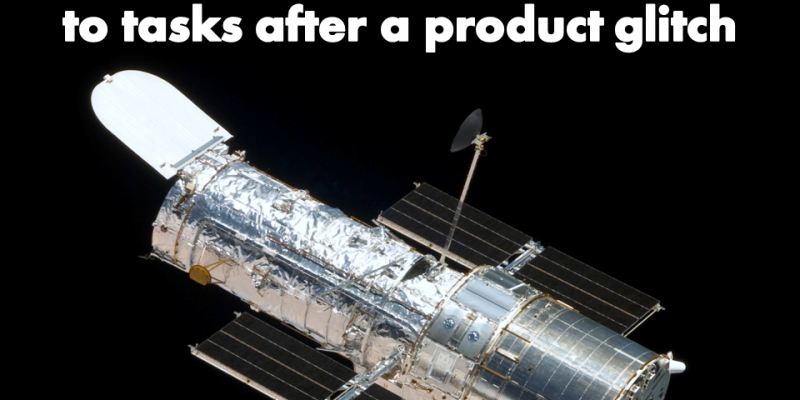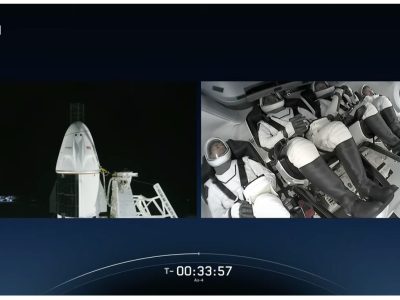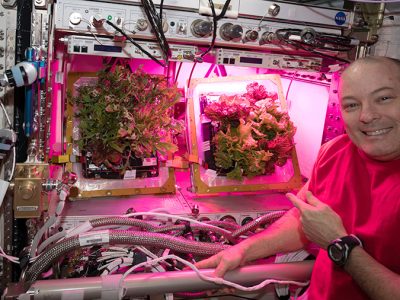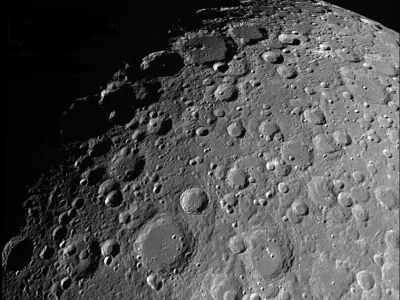
WASHINGTON — NASA’s Hubble Space Telescope continued perceptions on March 11 after a product blunder set it in a defensive experimental mode a few days sooner. However, the episode is a token of the telescope’s mortality.

NASA’s Hubble Telescope (Image Credits: nasa.gov)
NASA said Hubble continued perceptions at 8 p.m. Eastern March 11, more than four and a half days after a product blunder made the rocket go into a protected mode, suspending ordinary activities of the almost 31-year-old space telescope.
The product blunder was followed to what an office explanation called an enhancement as of late transferred to the shuttle. That improvement was planned to make up for variances from one of the telescope’s whirligigs. However, a glitch in the product caused a more extensive issue with Hubble’s principle PC, setting off the protected mode early March 7.
Regulators settled the issue for the time being by crippling that product improvement and plan to address the defect and test the new programming further prior to transferring it once more. That experimental mode, however, caused two different issues with Hubble.
The telescope’s opening entryway, a cover on top of the telescope, is intended to consequently close when the space apparatus enters experimental mode to keep stray daylight from entering, which could harm instruments and optics. During this protected mode, however, the entryway didn’t swing shut, an issue at no other time seen with Hubble.
Specialists investigating the issue tracked down that the entryway did close once they changed to a reinforcement engine. They have now set that engine as the essential one as they keep on examining the issue with the other engine.
One of Hubble’s instruments, the Wide Field Camera 3, encountered a sudden blunder during the recuperation from the experimental model. NASA didn’t expound on the mistake however said that perceptions utilizing that instrument will stay on hold as specialists study the issue. The space apparatus’s different instruments, including a camera and two spectrographs, are working.
The experimental mode, and related issues, is a token of Hubble’s age. The rocket was dispatched in April 1990 and adjusted by the space transport multiple times, most as of late in May 2009. With the van since a long time ago resigned, cosmologists realize that, eventually, Hubble will endure an unrecoverable disappointment that will end its notable mission.
“At the present time, we were in what I believe is a generally excellent report about Hubble,” Jennifer Wiseman, a cosmologist at NASA’s Goddard Space Flight Center, said at a gathering a year ago about space telescope. She and others accept that the telescope can stay operational through quite a bit of this decade because of patterns in the presentation of key parts, like its gyrators and batteries.
Some have contended for another overhauling mission to Hubble utilizing either an automated or ran shuttle. John Grunsfeld, a previous NASA space explorer who flew on three Hubble adjusting missions and later filled in as the office’s partner executive for science, introduced an idea a year ago for a ran overhauling mission utilizing an Orion space apparatus and a module furnished with an automated arm and sealed area.
That space apparatus would dock with Hubble, with space travelers at that point performing fixes much as they did on past adjusting missions. “We have the innovation to return to Hubble,” he said in an introduction last June to the Space Transportation Association, noticing that a business group vehicle, similar to Crew Dragon, could be utilized instead of Orion. “We could keep Hubble going for additional years and years.”
NASA, however, has shown no open revenue in such an adjusting mission, whose cost would run in the many millions to billions of dollars. “It’s not presently on the books. No one is discussing it a ton, at any rate openly,” Grunsfeld recognized.
Without an overhauling mission, Hubble could keep going for a long time or flop tomorrow, cosmologists like Wiseman recognize. “We don’t have the foggiest idea how long Hubble’s going to last,” she said.
Author
Anjaly Thomas
What's your reaction?
Excited
0
Happy
0
In Love
0
Not Sure
0
Silly
0












